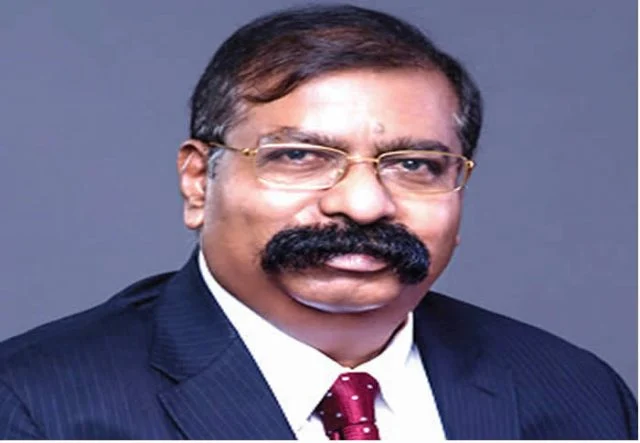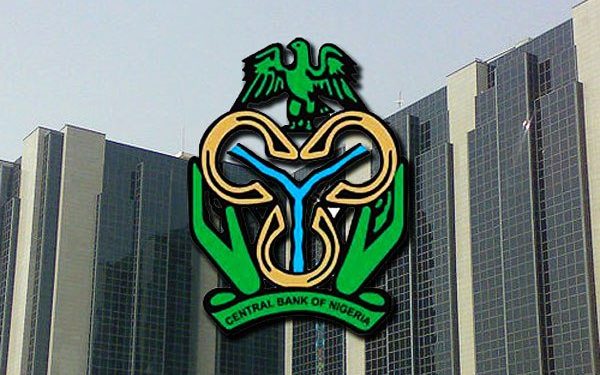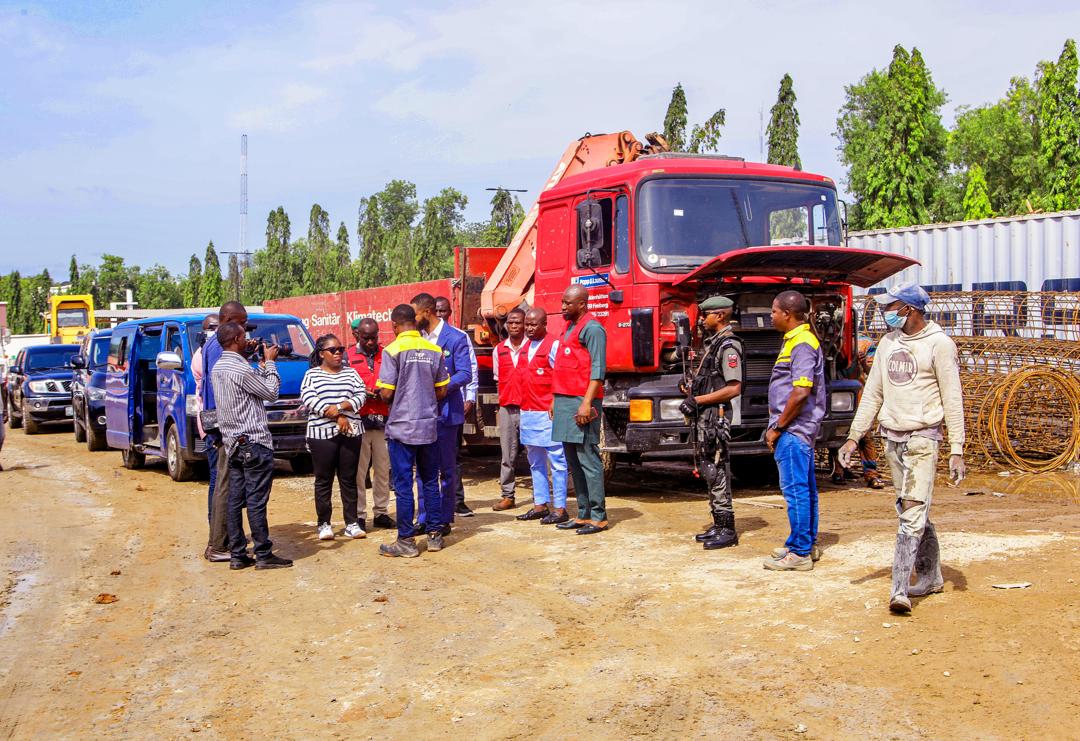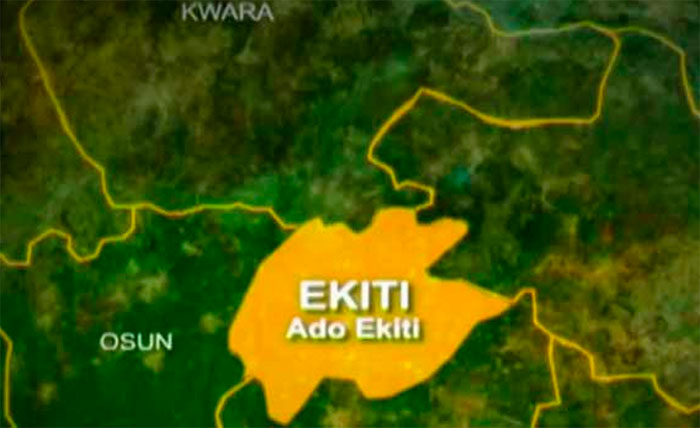The Group Executive Director, Strategy, Portfolio Development & Capital Projects, Dangote Industries Limited, Mr Devakumar Edwin, speaks with EDIDIONG IKPOTO on the prospects and challenges of the company’s recently inaugurated fertilizer plant and the Dangote refinery which is still under construction
The newly inaugurated fertilizer plant and the petrochemical refinery have made Dangote Industries remain in the news in recent times. Tell us about the fertilizer and refinery plants.
This project site has been the single largest construction site in the world for the past couple of years because of the construction of the second-largest fertilizer plant as well as the largest single petroleum refinery and the petrochemical company.
When are you going to complete the fertilizer plant and commence production?
By the grace of God, we have completed the fertilizer plant and have gone into production. Currently, we are trying to focus on finishing and starting the petroleum refinery by the end of this year. We would like to take you around the petroleum project site and show you the refinery so that at least you can all understand how the construction has come up, how large it is, and see what we are doing here.
What’s the rationale for the construction of the jetty?
We built the jetty because we had to bring in huge equipment. It has also been developed to export fertilizer. We will take you around the petroleum refinery to the landfall point where the crude is coming in because it’s a large place. That crude comes through the sea via ships. From there, the pipeline brings crude to the site. We have two SPMs although one SPM is enough; we have two in case of an accident, damage, or maintenance.
This will ensure that none of these developments affects our operations. Then, we have three SPMs to export the product. So, at the landfall point you will see a lot of pipelines, and then the sea. Actually, two of them are coming from the sea, while three of them are going into the sea. I have just given you the background so that when we get there, you will see. We will also tour the petrochemical complex, the final area of finished products, and the loading bays. At the loading bays, you will see that 80 per cent of our products can be taken by road, while 75 percent of them can be taken by sea. We are open to flexibility and we can take it to Calabar and Port Harcourt by sea. We can take it to Atlas Cove and to the NNPC facility.
Anyone who wants to go through the road can take it. We built the jetty because of the heavy equipment we had to bring in. With the way it was constructed, there is no way the wall can be broken. We contacted laboratories in the Netherlands and South Africa. With their research, they came up with this unique design that is very environmentally friendly with very minimal stones; there is also natural sand right from the jetty. We constructed one (jetty) that brings in fertilizer equipment which is not very heavy and big. The second one where the crane is parked, the Roro Jetty, is constructed to bring in all the refinery equipment. We built this specifically for the heavy equipment. Later on, we added another one to export urea, as you can see. The product is brought from the fertilizer plant by truck to this point, it is then loaded into the ship loader and then to the ship very quickly. The ship that is loading now is going to Argentina. Hopefully, the loading will be completed by the night before sailing off.
Do you export fertilizer from your jetty to any other country apart from Argentina?
We have commenced export to the United States of America, Mexico, and Brazil. Now, this ship is going to Argentina. We also send it to India. In addition, each ship can handle about 32,000 tonnes.
What does the Nigerian economy stand to gain from this massive investment?
It is a huge opportunity for the country to gain foreign exchange. The whole idea is to focus on natural gas. We are trying to export gas and add value to the country, generate employment and create huge opportunities.
What is the capacity of the refinery?
The refinery became the world’s largest single-train petroleum refinery and was designed to maximise production of Premium Motor Spirit with a capacity of about 53 per cent compared to 20 per cent by other refineries. The petroleum refinery can meet 100 per cent of the requirements of Nigeria, of all the liquid products – Gasoline (PMS), Diesel (AGO), Kerosene (DPK), and Aviation Jet Fuel (Jet A-1).
While 60 percent of the production of this petroleum refinery can meet the entire requirement of Nigeria, the remaining 40 percent will go for export, to generate a huge amount of foreign exchange.
A MUST TO READ BELOW
For your Advert Placement, Publicity, Press Release, Personality Promotion, Special Report, Featured story, Conference, Interviews, And So On – CONTACT US on WhatsApp/Call📞@ 08072633727 📲
NOTE: We wish to add you to our WhatsApp Database to get our Trending, latest and timely news directly into your WhatsApp Box as the news breaks.









